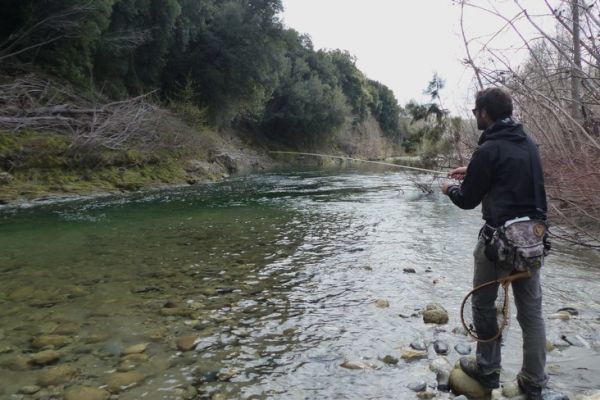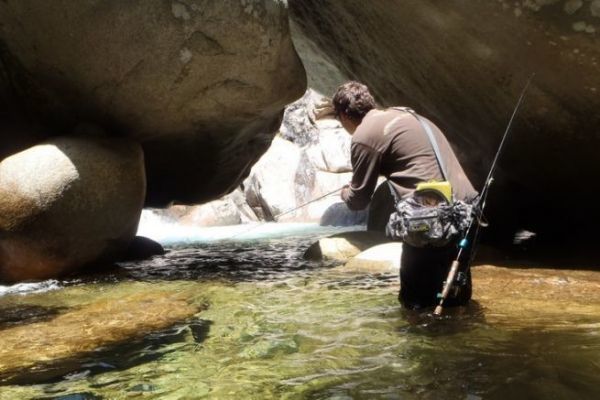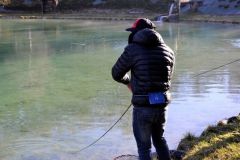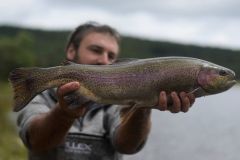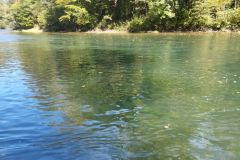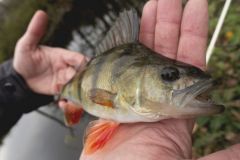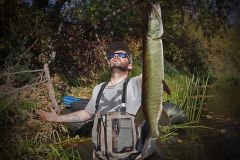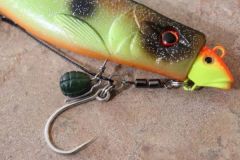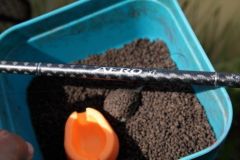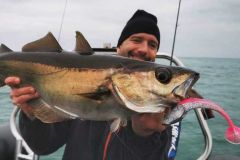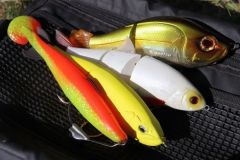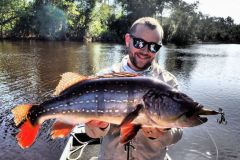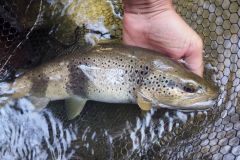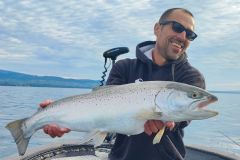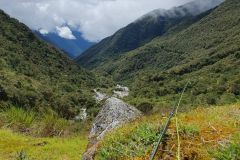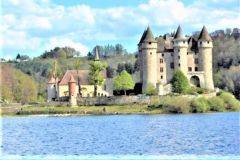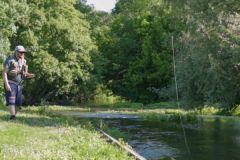Opening strategy: fishing upstream or downstream?
Trout fishing offers endless possibilities and food for thought. The opening of fishing in 1 era his is a special time of year, when even the most passionate angler spends sleepless nights thinking about the best way to fish. Among the questions trout anglers ask themselves, there's one that's particularly interesting and redundant: on a river, should you fish upstream or downstream? And the question is all the more legitimate as it requires equipment and a choice of lure adapted to each case.
What does "upstream" mean?
Upstream fishing involves moving upstream and casting your lure upstream (possibly at an angle, ĺ upstream...).
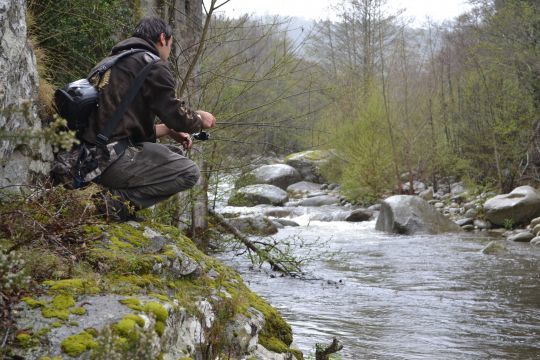
It's all about bringing your lure down the current and down the river.
The lure will therefore be brought in quickly, as it is carried by the current and has very little opposition to it.
Adapting your equipment for upstream fishing
For this, it's almost essential to have a reel with a high recovery ratio (H or HG reel for Daiwa or Shimano, meaning "Hight" for Haut ratio, i.e. a ratio of 5.6 for 75 to 85 cm of recovery per crank revolution), so as to always maintain contact with the lure and bring back the streamer faster than the current without winding too quickly.
Coloured nylon allows you to see at a glance where the lure is positioned in the swells and rapids.
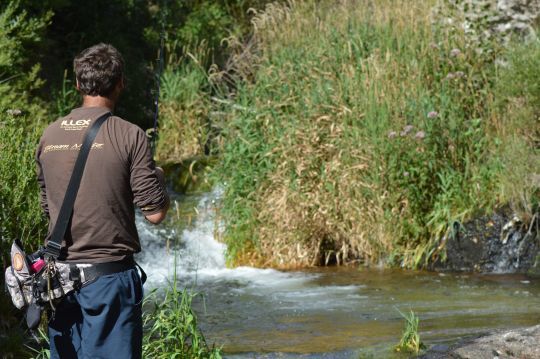
This is an appreciable asset, especially when the lure is allowed to flow naturally in the veins and the trout intercepts the semi-tensioned streamer lure. This results in a well-marked drift stop with a coloured line. For my part, I often fish with the rod high.
Which lures to use?
The best lures for upstream fishing are heavy minnows and spinners. They have the particularity of swimming very quickly and fishing even in small spots, almost as soon as they hit the water.
The former has been very popular for over ten years now. These realistic, dense lures are cast well upstream on marked spots where precision makes the difference. In addition, their high density makes them sinking, allowing them to escape the force of the current quite easily, and they swim relatively hollow on the downstream run.
What's more, the inertia offered by these lures enables powerful twitch and jerk animations that make trout react over short animation intervals.
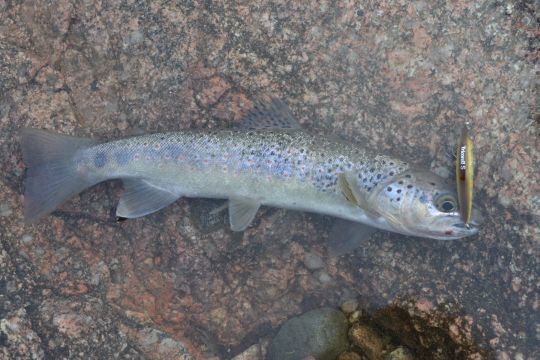
The attack is often aggressive and the trout seizes this opportunity as it nervously watches an intruder pass by its post.
Last but not least, in addition to their agility and effectiveness, these lures are fun to use.
Spinners are the basis of "ultra-light trout fishing", a term that is tending to be replaced by the term "trout lure fishing". Ultra-light fishing consisted in prospecting with microspoons and short rods, fishing upstream. It's a very fast, fast-paced type of pure prospecting. The position is swept only once, or almost only once. The spoon moves easily, even with its back to the current, and doesn't pull too hard on the line when fishing downstream.
In addition to these two classics, more recently we've seen the emergence of sinking "darter" swimbaits (wide, three-dimensional action of the lure, notably from left to right, printed with jerky jerks) without bibs, such as the BTK Swimmer from Smith or the Dartrun 45S from Illex, which are particularly fishable and ideal for upstream fishing.
The advantages of upstream fishing
Upstream fishing is all about prospecting, looking for active fish in streams, small and medium-sized rivers. The angler presents himself with his back to the trout, which have their noses to the current, allow themselves to be surprised and react by reflex very quickly. The angler travels long distances in the river to find active, aggressive fish. In cold water, particularly when the snow is melting, I prefer to use metal lures such as micro spinners or spinners. It's a rhythmic approach, with short, precise casts.

 /
/ 

